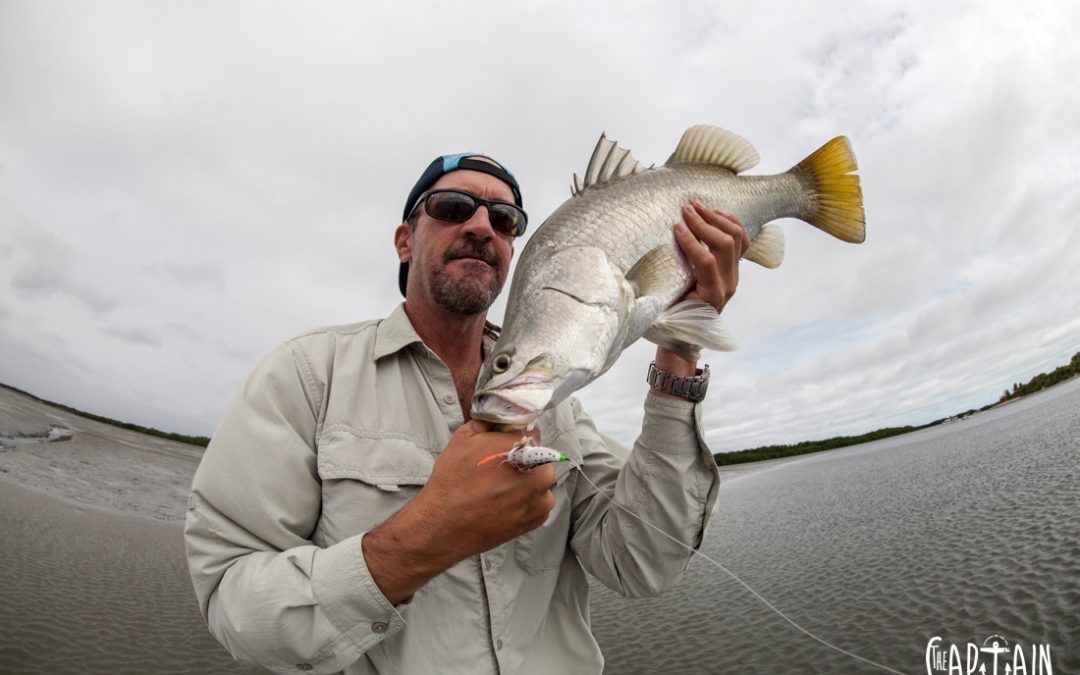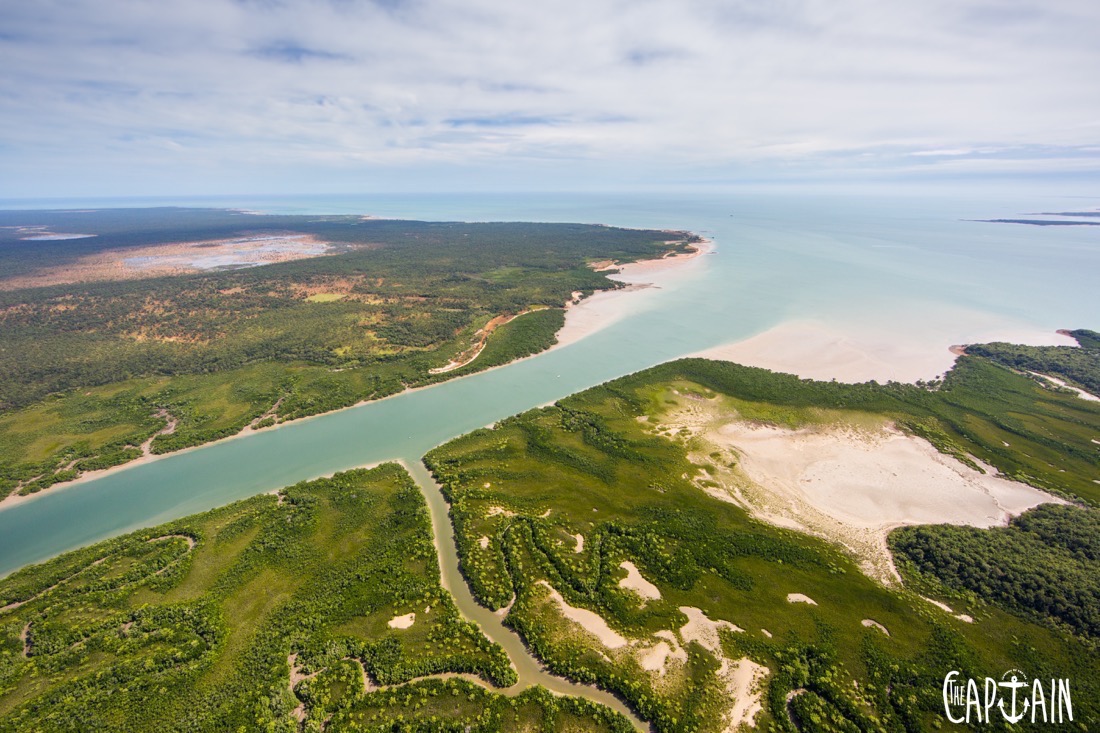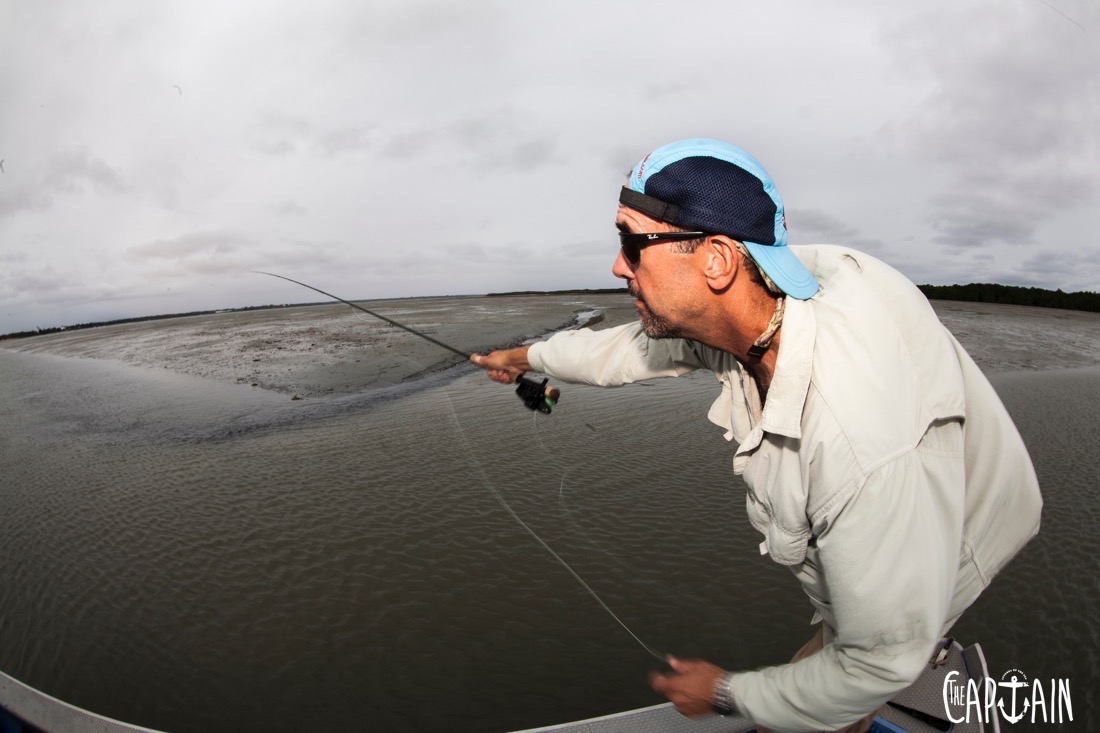Most of us have heard the old saying “no run, no fun” a million times. This reference to a moving tide bringing the best fishing bite is more often than not true, but why?
Try sitting beside the conveyor belt at a sushi train and see how well you do stuffing your face if the conveyor belt stops. The running tide is nature’s conveyor belt. Fish will use the least amount of energy they can to consume their food and using the running tide to bring it to them seems a pretty efficient tactic.
Planning your fishing around tide movements requires knowledge of peaks and troughs as well as the amount of movement from high to low – this varies around the country. Of course, the new and full moons provide the biggest tides, but the time of year will also change the intensity of the moon’s pull on the tide. You’ll also find bigger tides can move from day to night as you move from season to season. The larger tides in the Sydney region switch from day to night as we swing from summer to winter.
Tide not only influences baitfish movements, it also influences access to feeding grounds. High tides bring new waters for flats feeders that are looking for fresh yabbie beds or new rocks and oysters to explore. Northern waterways will see aggregations of hungry barramundi at the mouths of gutters and drains. They wait for hapless mullet to funnel into the main river and into their mouths – gulp! The large tides pouring out of the mangroves also create dirty smudges of drain water that the barra use as camouflage to ambush prey.
Use the right tides to waft bait scent back into jewfish lairs or to take a punt further up that mangrove creek to explore new water. In northern Australia, you should plan sight-fishing flats trips around smaller tides because larger runs will create dirty water when they stir up the adjacent rivers. I’ve said it before, but successful fishing isn’t just grabbing a rod and heading into the blue. You need to do your research and plan your movements, especially around the tides




Recent Comments